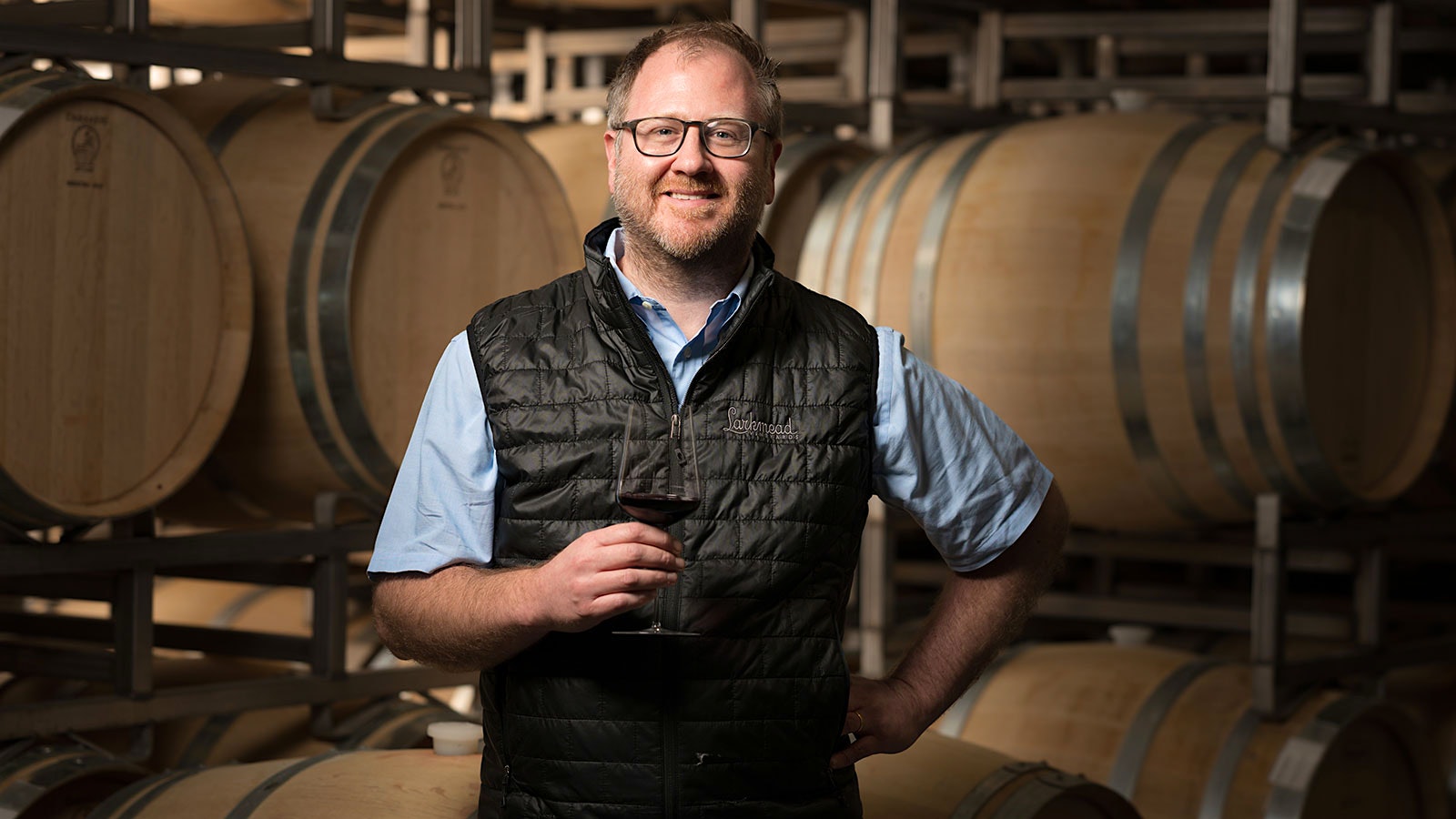The biggest business news in Napa this summer was E.&J. Gallo’s buying spree, scooping up Rombauer Vineyards and Massican in a matter of days. The two wineries could not be more different. Rombauer produces 350,000 cases a year and owns more than 700 acres of vines in Napa Valley, Carneros and the Sierra Foothills. Massican, a boutique label started by Dan Petroski, produces less than 10,000 cases a year and owns no vineyards or winery. Petroski buys all his grapes and makes his wine in rented space.
But what they do have in common is the color of the wines they are best known for—white. Rombauer produces a variety of wines, including well-regarded Cabernet, Zinfandel, Barbera and a bit of Pinot Noir, but it’s best known for Chardonnay—big, buttery Chardonnay with which California has long been identified with. It has also recently become a major player in Sauvignon Blanc. Massican started by producing lively blends of little-known grapes of Italian origin, like Ribolla Giallo and Tocai Friulano. Petroski expanded into Sauvignon Blanc and also makes a Chardonnay from Hyde Vineyard.
The world’s largest wine company but family-owned, Gallo tends to look for wineries that are a good fit for its culture. But it also looks at current trends. Many folks were surprised that the Modesto-based firm would pay a reported high nine figures for Rombauer. While that price lines up with other recent deals for Napa wineries with large vineyard acreage, like Joseph Phelps and Shafer Vineyards, those two wineries are associated with red wines. Does Gallo see a coming surge in white wines sales?
There is certainly a growing variety of high-quality, premium white wines on the U.S. market. Consumers no longer expect their white wine to be cheap or Chardonnay or both. Imported white wines from New Zealand, Spain, Italy and France have gained acclaim. The idea that a winery like Massican could succeed based initially on unknown grapes like Ribolla Giallo would have been unthinkable 20 years ago.
Gallo executives declined to comment on whether white wine sales played into the recent deals, but industry figures show white wine is regaining market share. Not by much, however. In 2022, IMPACT Databank reported that white wine made up 49.4 percent of U.S. table wine sales. That’s a half percent increase on 2021 figures.
America has been a white-wine drinking nation for decades, but white wine consumption did shrink for many years. Back in 1990, whites were 49.9 percent of the market, per IMPACT. The next year, 60 Minutes reported on the possible heart health benefits of wine—specifically red wine—and soon a wave of red varieties, from Merlot to Cabernet to Pinot Noir to red blends, grabbed wine drinkers’ attention. White wine’s share of the market dipped, dropping to 41.8 percent by 2000.
But U.S. wine sales are stagnant currently in nearly all categories. Red wine sales declined nearly 4 percent last year, while white wines sales dipped 3.4 percent. Domestic rosé sales continue to decline while imported rosés, led by Provence, are growing but at a slower pace.
But one white grape in particular continues to enjoy rising sales in the current market, and it’s a grape Rombauer and Massican both excel at. Sauvignon Blanc sales rose 1.2 percent to 16.6 million cases in 2022. No grape is hotter in today’s market. Both imported and domestic Sauvignon Blanc sales grew. What started as a renaissance for the Bordeaux grape in New Zealand—which now exports 5.6 million cases of Sauvignon Blanc to the U.S. per year—has expanded to California and elsewhere.
“In the last decade, Sauvignon Blanc has stepped out of Chardonnay’s shadow,” says Wine Spectator senior editor MaryAnn Worobiec, who reviews both New Zealand and California Sauvignon Blancs. “These days, the grape has built a solid reputation for making refreshing, consistent and reasonably priced wines, offering an exciting array of styles, from direct, fruit-forward examples to versions with more complexity and nuance.”
Petroski, who sells Massican Sauvignon Blanc at $30 a bottle, believes it’s key that consumers now have both value-priced, fresh expressions from New Zealand and more premium versions from Napa Valley. “It’s my most in-demand wine,” he says. While he ferments his Sauvignon Blanc in steel, he notes how many California wineries are now barrel-fermenting it. “And people love the weight of Chardonnay and the flavors of Sauvignon Blanc.”
In a time of struggle for the U.S. wine market, Sauvignon Blanc is a notable bright spot.
Stay on top of important wine stories with Wine Spectator’s free Breaking News Alerts.
